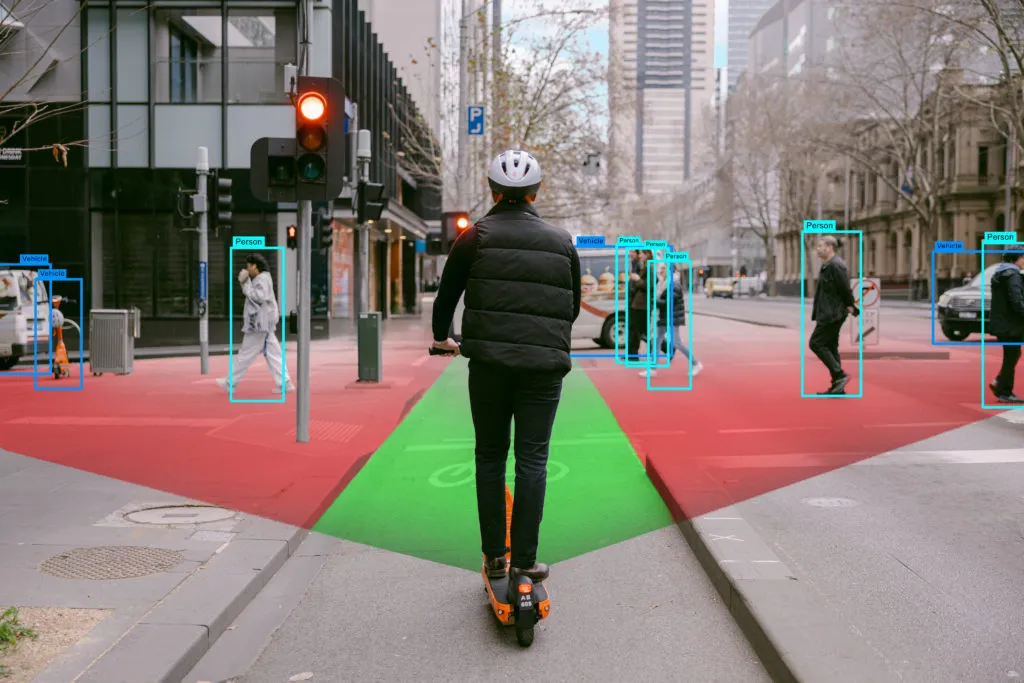Traffic safety researchers at the Austrian Institute of Technology (AIT) and SLR Engineering have launched a tool that aims to evaluate the safety of pedestrian crossings and make them comparable as part of a research project. The platform is intended to be especially useful for children and adolescents making their way to school safely. Called AIT Mobility Observation Box, the solution assesses crossings to help provide a basis for targeted improvement actions and for determining where the risk to
June 6, 2018
Read time: 1 min
Traffic safety researchers at the 6625 Austrian Institute of Technology (AIT) and SLR Engineering have launched a tool that aims to evaluate the safety of pedestrian crossings and make them comparable as part of a research project. The platform is intended to be especially useful for children and adolescents making their way to school safely. Called AIT Mobility Observation Box, the solution assesses crossings to help provide a basis for targeted improvement actions and for determining where the risk to pedestrians is highest. It can also be deployed in the new planning of crossings through collecting data on pedestrians crossing the street.
The product is based on complex algorithms that measure the behaviour of each vehicle and pedestrian and captures the readiness to stop objectively and over a longer period.








